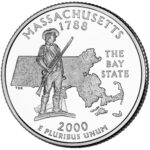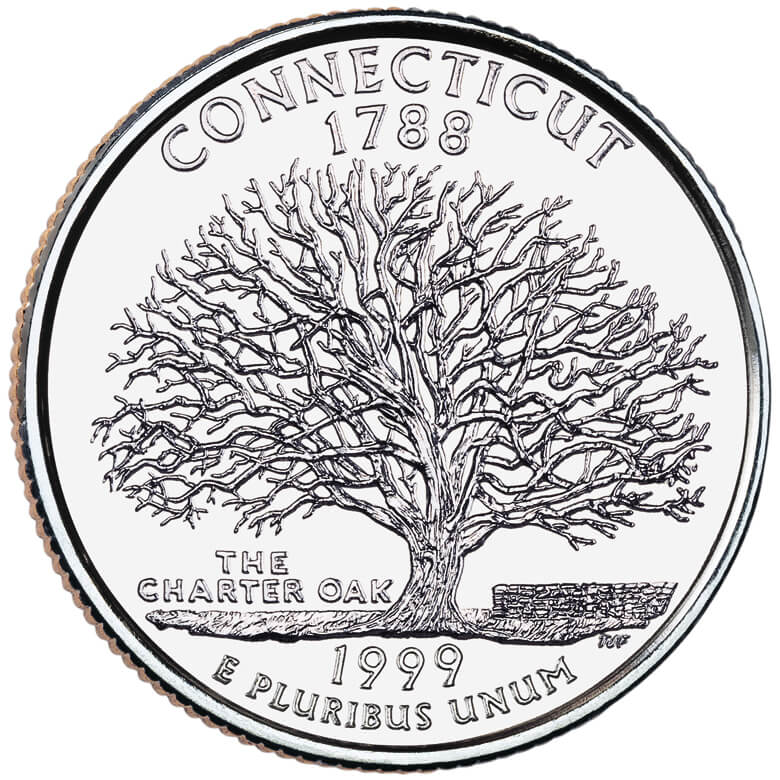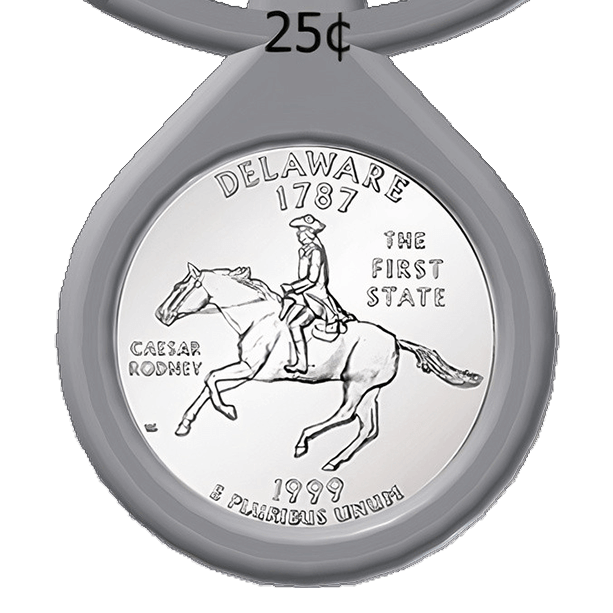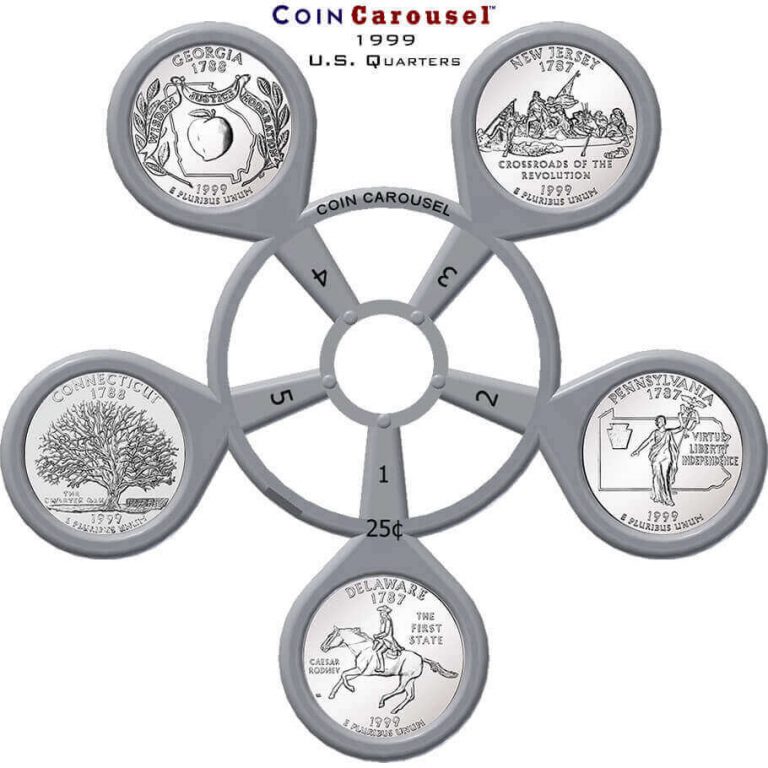1999 Connecticut State Quarter: The Historical Significance of the Charter Oak Tree
The 1999 Connecticut quarter, released on October 12, was the fifth issue in the 50 State Quarters series and the final release for that year. Connecticut became the fifth state to ratify the United States Constitution on January 9, 1788.
The quarter showcases the Charter Oak, a symbol of freedom and independence for the state. The reverse design stands out with its intricate depiction of the tree’s branches, which gracefully spread across the coin’s face.
The Charter Oak holds a historical significance for Connecticut. In the late 17th century, the state defiantly refused to surrender its royal charter to the governor of colonial New York. The charter document itself was never accepted and went missing during a meeting in 1687, believed to have been hidden in the Charter Oak.
Notably, the 1999 Connecticut State Quarter portrays the tree as it would have appeared during winter. Additionally, the Charter Oak tree, which had been important to Native Americans for hundreds of years before the English arrive, finally succumbed to storm damage in 1856.
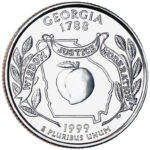
PREVIOUS Quarter
4. Georgia
NEXT Quarter (2000)
6. Massachusetts
